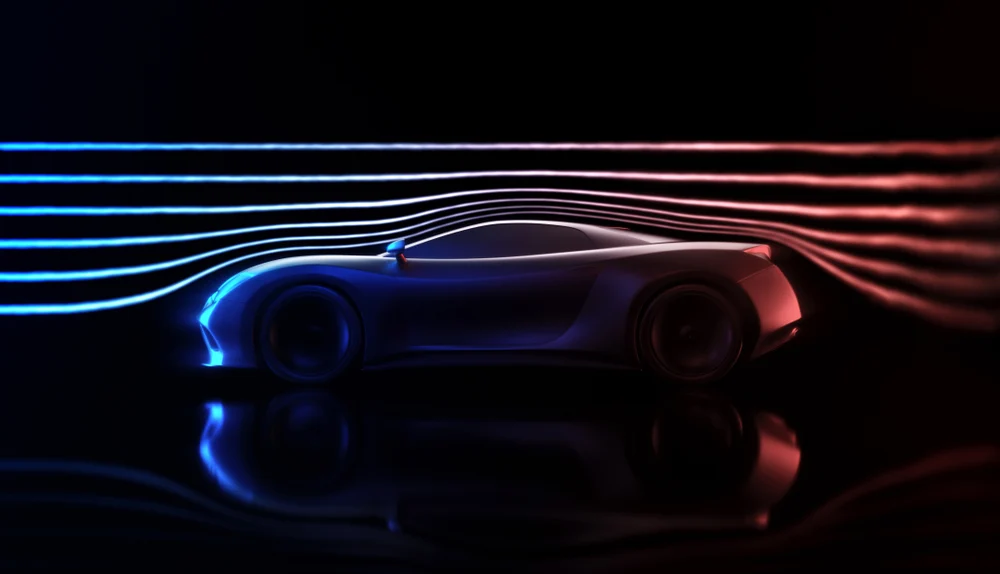Cars have come a long way since their invention, and the design of modern cars is heavily influenced by aerodynamics. Aerodynamics is the study of how air flows around and over an object, and it has a major impact on the performance and efficiency of a car. In this blog, we’ll explore the basics of aerodynamics in cars and how it has shaped the design of modern vehicles.
The first thing to understand about aerodynamics is that it is all about reducing drag. Drag is the force that opposes the movement of an object through the air, and it has a significant impact on a car’s fuel efficiency, speed, and handling. The goal of aerodynamic design is to reduce drag as much as possible, while still maintaining the necessary stability and control of the vehicle.
One of the most important ways to reduce drag is to make the car as aerodynamic as possible. This involves designing the car with a sleek, low-slung shape that allows air to flow smoothly over it, rather than creating turbulence. Cars with rounded fronts, sloping rooflines, and integrated spoilers are all examples of aerodynamic design elements that help to reduce drag.
Another important aspect of aerodynamics in cars is downforce. Downforce is the opposite of lift, and it helps to keep the car firmly planted on the road at high speeds. This is achieved by designing the car to create a downward force on the tires, which helps to increase traction and stability. Some cars have integrated spoilers or air dams that channel air down onto the tires, creating downforce.
Finally, it’s worth mentioning the impact of aerodynamics on fuel efficiency. As cars move through the air, they encounter resistance in the form of drag. The more drag a car experiences, the more energy it needs to maintain its speed, and the more fuel it burns. By reducing drag through aerodynamic design, cars can become more fuel-efficient, which is why many modern vehicles are designed with aerodynamics in mind.
In conclusion, aerodynamics plays a crucial role in the design of modern cars. From reducing drag and increasing stability to improving fuel efficiency, aerodynamics has a significant impact on the performance and efficiency of a vehicle. Whether you’re a car enthusiast or simply someone who wants to understand the science behind streamlined design, it’s worth taking a closer look at aerodynamics in cars.

Good insight of the world of aerodynamics!